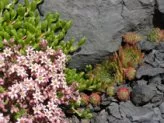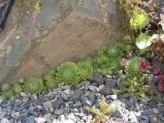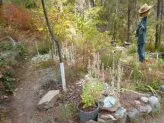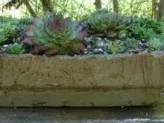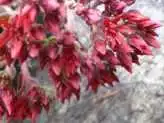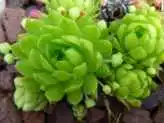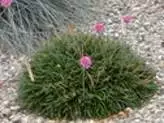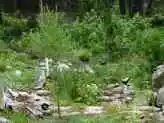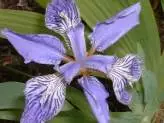For Rockeries, Crevice Gardens, Craggs & Screes
Alpine plants typically grow on high mountain tops, as you may imagine from the name.
The high ultraviolet light levels, short summers and cold temperatures make alpine plants evolve in certain ways to deal with these factors.
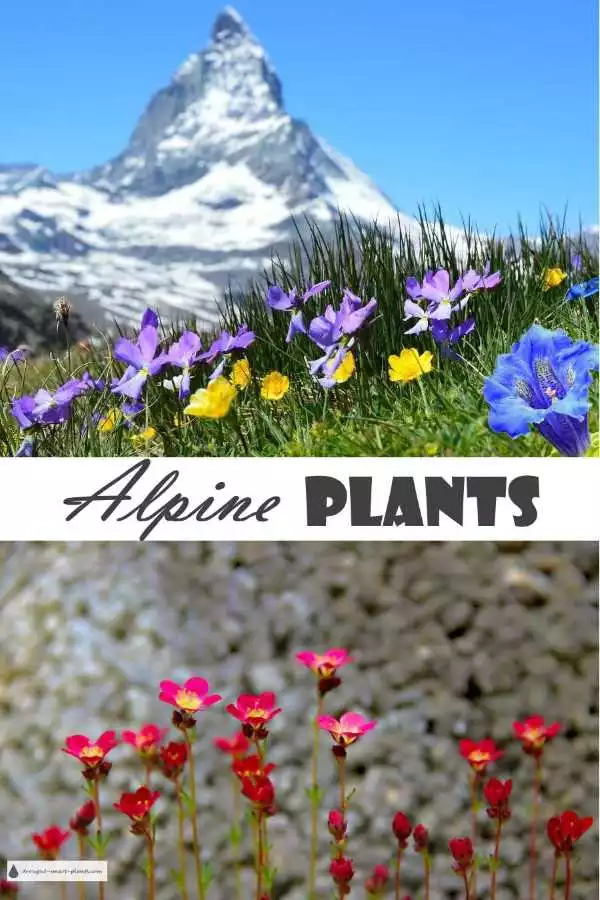
As extremely hardy perennial plants, they are ideal to use in rockeries and xeriscape landscapes.
Many are small statured or bun shaped, with enormous colourful flowers to attract the few insects that venture into the inhospitable environment.
With short summers and intense bright light, growth is rapid and frantic to flower and set seed in the season that may number only a few short weeks. Blooming is a top priority to these high altitude plants, and they do it with great abandon.
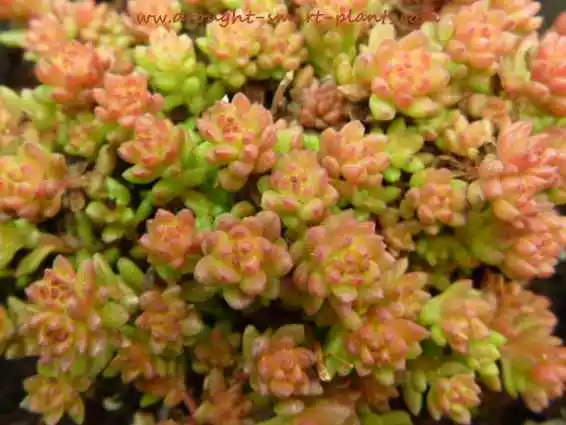
The roots of alpine plants drive deep into the crevices and cracks of loose rock in scree beds to find the small amount of nutrients leaching from the rocks, and the moisture that the melting snow leaves behind.
Alpine plants, grown well and blooming happily in the spring can be all consuming, and beautiful.
Many gardeners find that growing alpines in a rock wall, rock garden or crevice garden is challenging, but so much fun to emulate the conditions found in high mountains and cliffs.
If room is a a premium, a single hypertufa trough can be a mountain in miniature.
The flowers on the tight bun like growth habit, or the glossy, fuzzy, or other drought tolerant foliage and the tenacity and toughness of these tiny plants is fascinating to watch as they unfold and grow.
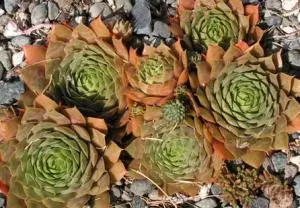
Some of the choicest alpines are Saxifraga and Lewisia – it’s easy to see why some growers specialize in the many gorgeous types and species.
Alpine plant collectors can go to extraordinary lengths to find more of these fascinating plants, searching out specimens from around the globe from other collectors or growing some of the more challenging types by seed propagation.
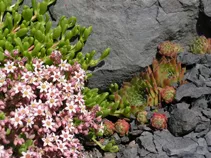
Due to their high alpine environment, these plants have evolved some unusual strategies for dealing with extreme cold, short summers and intense light.
Cold temperatures on the newly emerged leaves of germinating seedlings if they start to grow at the wrong time of year can kill the seedlings.
These smart plants have adapted a double dormancy technique to enable the seeds to remain alive until better conditions arise. The double dormancy requires certain conditions to break the dormancy and allow the seed to germinate.
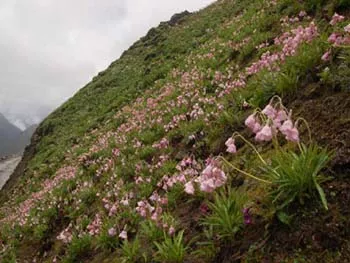
Some conditions could be a certain degree of cold for a certain length of time, or warmth for a certain length of time followed by a cold period.
This is called ‘stratification’ and is a technique closely followed by alpine plant fanatics.
Whether your alpine plant collection runs the gamut of exotic and rare hardy succulents from the most inhospitable mountains, or simply a few Jovibarba or Sempervivum you’ll find it hard to resist copying their native habitat with a customized garden for these precious gems of the garden.

